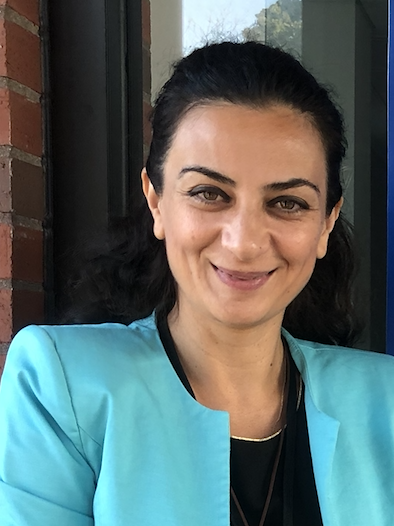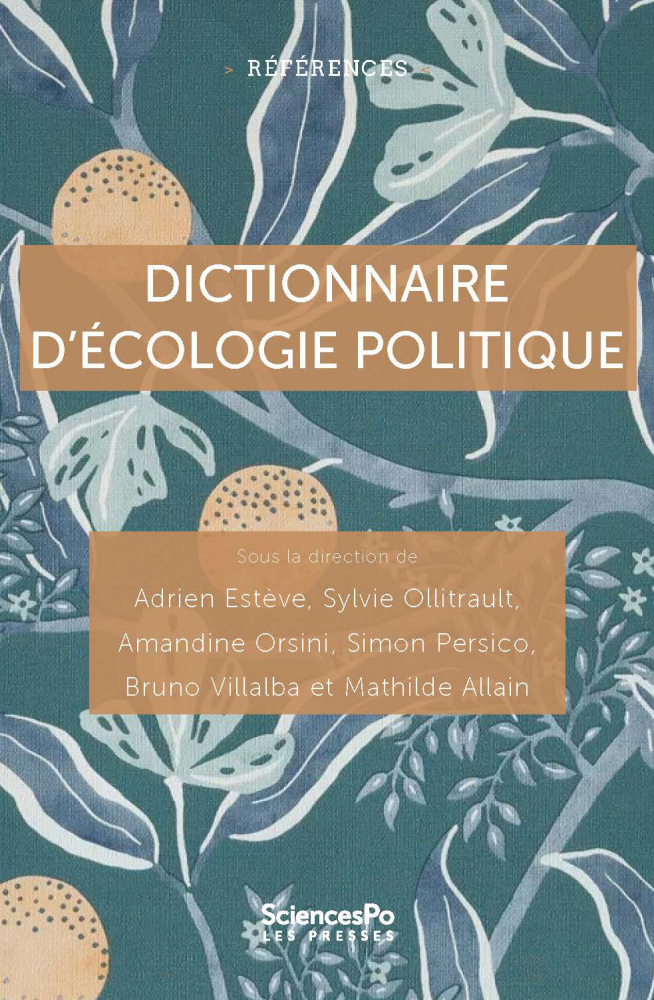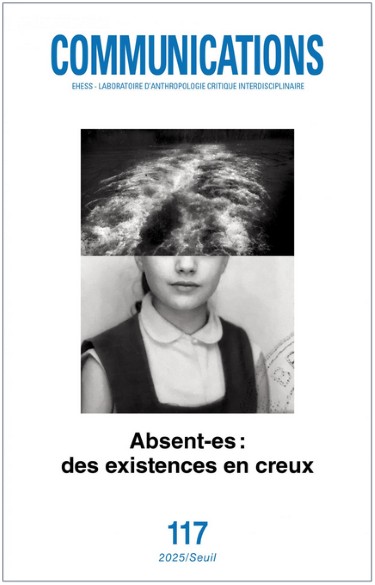
MESOPOLHIS is delighted to welcome Victoria Abrahamyan from 1 October to 31 December 2025.
Victoria Abrahamyan holds a master's degree in Middle Eastern studies and a doctorate in contemporary history. She is a post-doctoral fellow at the Maison d'Histoire de University of Geneva since February 2024.
His work is linked to theaxis 5 "Violence, Crises and Contemporary Conflicts". of MESOPOLHIS, directed by Benoît Pouget.
Project title and summary :
" Management and identification of the dead of the First World War in France and Great Britain, 1914-1939 "
Forensic practices aimed at identifying fallen soldiers, determining the fate of the corpse and, in many cases, uncovering the nature of the violence inflicted on their bodies have become a standard aspect of contemporary post-conflict efforts. Rather than taking this for granted, a historical perspective reveals how war forensics emerged, how advances in medicine and science influenced the human perception of death, and how these changes shaped post-war commemorative practices and narratives.
In this context, the First World War and the inter-war period provide a compelling framework for exploring the genesis of modern war forensics. Existing research has highlighted the immense challenges posed by battlefield clearance, particularly the identification of corpses. Although attempts were made to use name tags for recognition, a large number of the dead remained unidentified in the aftermath of the war. The aim of this research is to examine exhumation practices, the management of bodies, identification techniques, the so-called 'name regime' and the question of missing persons, whether they were genuinely missing or deliberately made 'missing'. This study also examines the role of the colonial enterprise in the development of these practices. By focusing on empire, this research seeks to contribute to wider scholarly conversations about war memory and commemoration. It aims to reflect more accurately the multi-ethnic composition of the Allied forces and to highlight the distinct imperial dimensions of death, body identification and forensic methodologies employed in the post-war period.
📨 Contact: victoria.abrahamyan[at]unige.ch
Share on
Read also


